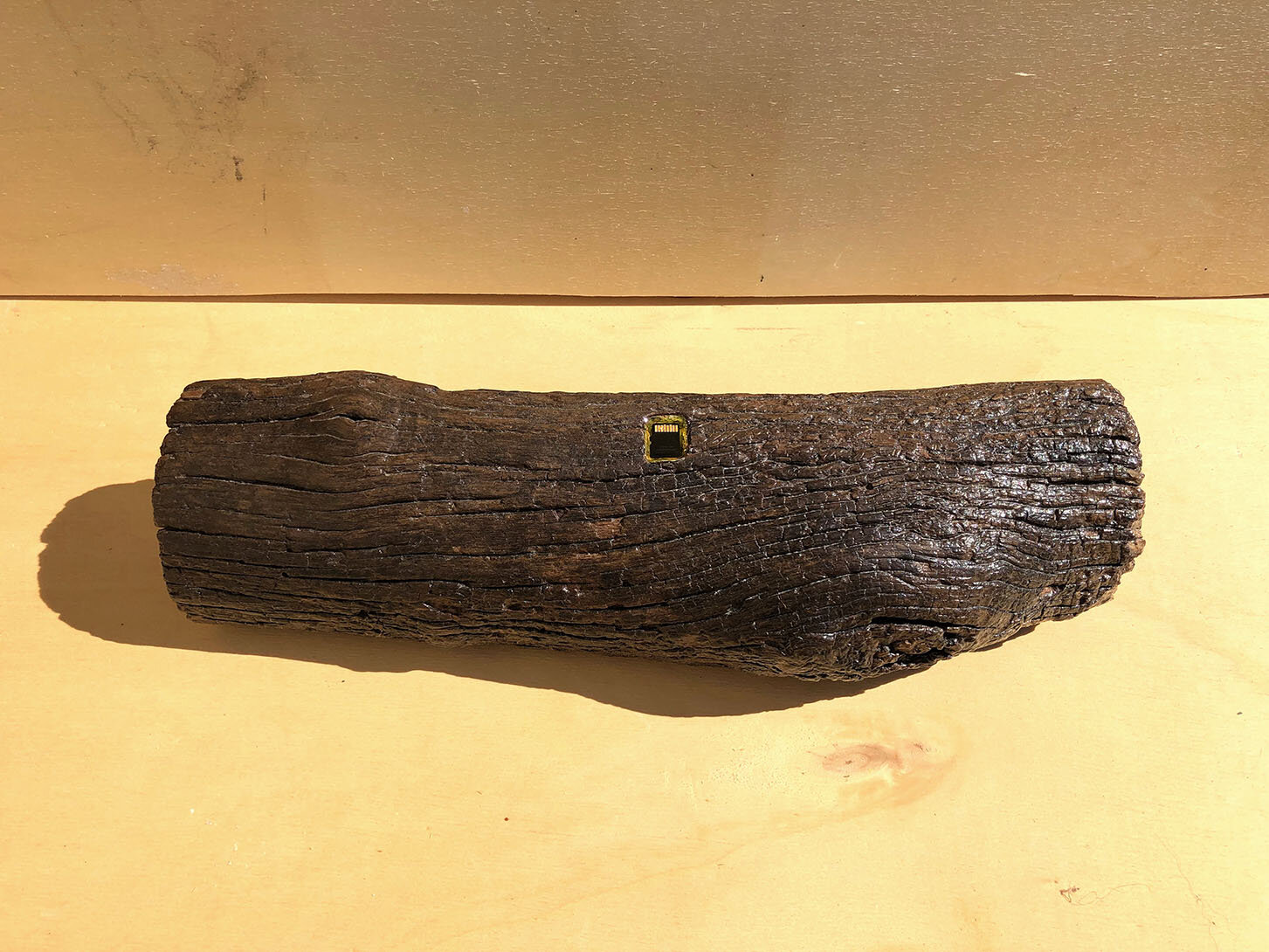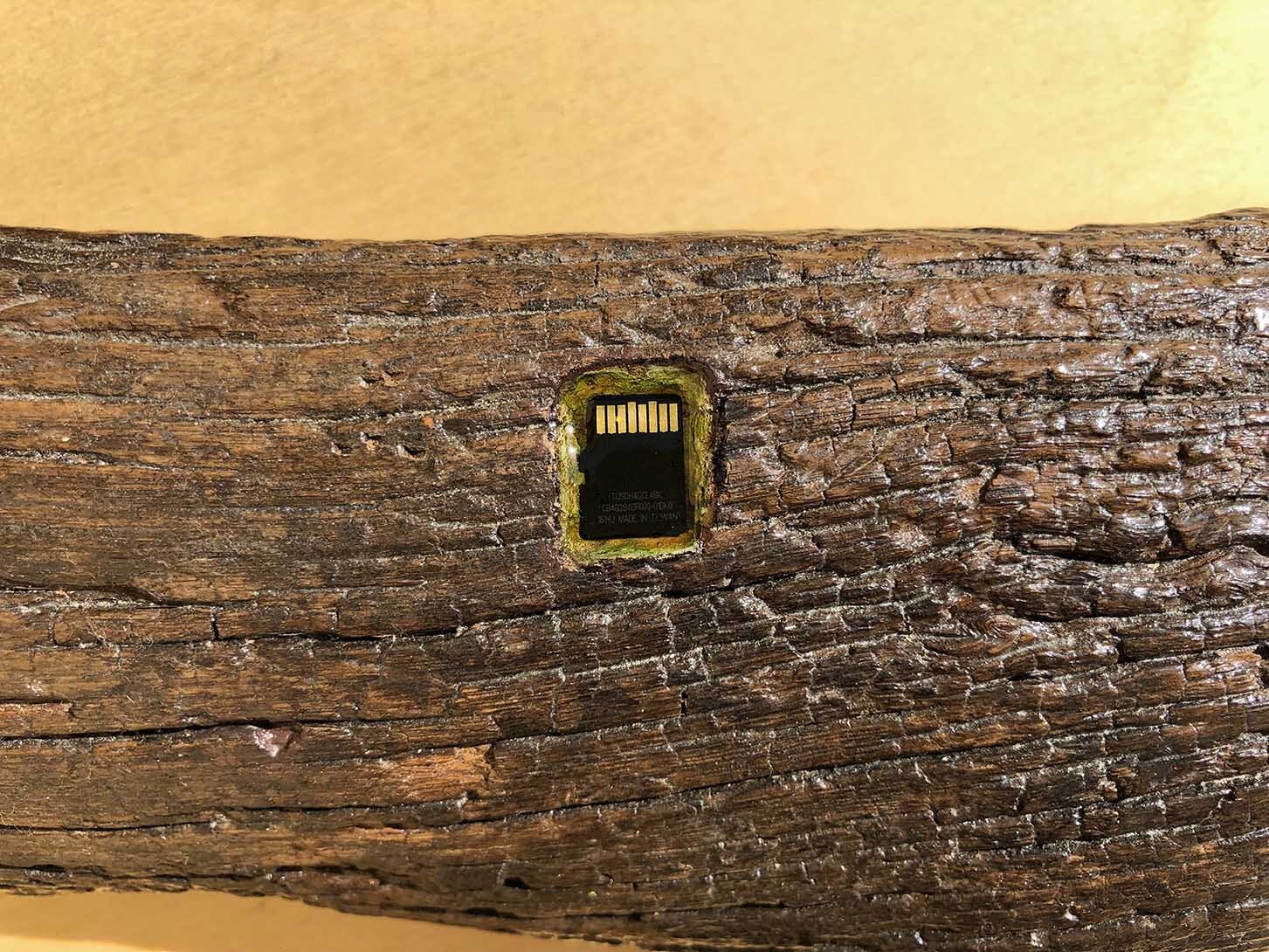Atomideogenesi
It is a process of dematerialization. A limit language that moves beyond sensory perception. An innovative concept intuited in the late 90's and applied in the early 2000's. As a consequence of the human limit.
It is implicit to think that language has always bound philosophical / aesthetic research. If an apple is conventionally and unanimously named apple, we cannot say that it is a pear. Language circumscribes man to things and things are circumscribed to man. Linguistic cataloging imposes limits. Therefore it is impossible to think of elaborating a concept or a form that has no relevance to the recognizable. Over the course of history, some brilliant artists have given life to aesthetic changes, creating reference models followed later by other artists. However repeating the same creative process. With the same language and with the same purpose. Which can be summarized with the following scheme: Intuition - Linguistic / Procedural Action - Representation / Objective Exposition. Objectification of the idea. So Composers, Poets, Visual Artists, have objectified their ideas through forms, signs, sounds, words, they have made them tangible and usable to the senses through mechanistic action and language. Unknowingly deluding himself that the objectification produced was the representation of the primitive idea / intuition. But the moment in which the idea manifests itself cannot be grasped in its entirety. It is a moment that vanishes immediately after its perception, leaving a state of incompleteness that the artist compensates with linguistic coding. So the object obtained will be the fruit of language, of things. And not of the abstract "moment" perceived at the origin. That precise instant of absolute fullness cannot be physically represented. Therefore the artist will limit himself to objectifying the residual and confused impulses of an intuition, which he will define as a work of art. It is a crude attempt to reconstruct the idea, very far from the totalizing purity of the moment or primal impulse. On the other hand, very close to a specular and narcissistic reflection of the Artist as a man and victim of language.
A theoretical way to conceptually contemplate the purity of the idea could be non-objectification, through non-expression. Don't do, don't act and don't represent. Immobility, non-action as awareness and consequence of the limit. Paradoxically, the intentional "non-expression" becomes a linguistic expression "of non-expression". Therefore, this action is also gross objectification. In all artistic expressions there is a schematic procedure, which has as its purpose the exposure and sensory enjoyment of the object, recognized as a work of art. In "Atomideogenesi" the purpose consists in the dematerialization of the object, making its sensory use impossible. The resulting deobjectification is consistent with "the moment or primal impulse". It is a procedural path intuited at the end of the 90 ', which makes use of technology and mathematics. It was applied for the first time in 2002, with the aim of dematerializing / deobjectivizing the icon that historically and more than any other has defined artistic expression: The painting. Shortly thereafter, Atomideogenesi would also find application to things, including natural elements. To give a concrete example; In "Atomideogenesi" the Work of Art is not the installation, sculpture, painting, piece of music, performance or photography. It is not the object itself. The Work of Art is the image or recorded information of the object inserted into a memory card. The data is dematerialized by the computer process, transformed and renamed into binary code. In numbers, which being an abstract entity are as intangible as thought. "Atomideogenesi" dematerializes the object, returning it to the moment or primal impulse from which it originated. Following this process, what remains is the fetish, the contaminated object, the intact vehicle. Which is not the Work of Art. Photography, video and audio recordings can also go through this process. Because a digital work is perceived by the senses when it is materially represented through a display, a print, a projection or a listening. Therefore it becomes an object.
Pencil example
We have a very common pencil and a digital camera. If we photograph the pencil, the computer process that is activated when the photo is taken immediately dematerializes the image of the pencil, which will be transformed into numbers. In abstract entity. And it will no longer be perceived as an object. However, if we turn on the camera and look at the image of the pencil on the display, we re-read the pencil through the sense of sight. What is the difference between the image of the pencil that we look at on the camera display and the physical pencil? No difference. They are both objectifications. The image of the pencil that we look at on the machine display is objectified only by the sense of sight. While the physical pencil is objectified, as well as by the sense of sight, by the sense of touch, hearing and smell. And if we want also from the sense of taste. If, on the other hand, the image of the pencil remains invisible-dematerialized inside the computer container, it will only be a combination of numbers, therefore abstract. This is the basic principle of Atomideogenesi, which can be applied to anything.
Consequence
What determines the indispensability of man from language is the sense of language. When we say that an apple is an apple and not a pear, it means that man has defined things, elements, with a common naming code. Through which understanding and communication takes place. For example, if we crushed an apple with our foot, the apple would lose its original shape, becoming a crushed and shapeless apple. But it would still be an apple. The same is true if an Artist throws paint on a canvas. This would be indexed as Abstract Art. But regardless of the feeling that the artist wanted to express, it would only be about color on a canvas. This makes us understand that language makes sense. Therefore the term Abstractionism, through which historians have named the well-known artistic current, is wrong. Because when we look at an object, touch it and perceive it through the senses, that object is representative of something, it is tangible. Therefore it is not abstract. A color, a line, a sound, a phrase, even if original and free from conventional forms of representation, will always be expressions that can be traced back, through the senses, to human recognition. And therefore they will be tangible and not abstract expressions. In a painting by Kandinsky, defined by historians as Abstract, there are colors, shapes and lines on a physical support that is there in front of us. Objective, tangible elements, recognizable by anyone without any difficulty. If Kandinsky's painting were abstract it would not be a topic of discussion, since it does not correspond to objective reality. It wouldn't exist. Even music, mistakenly considered intangible, once written on the score or expressed through an instrument and perceived by the sense of hearing, becomes an object. "Atomideogenesi", through the procedural dematerialization of the object, is the only human expression capable of approaching the primal moment or impulse.
Rospigliosi paradox
To strengthen the concept of annulment, a paradox is triggered; the memory card with the dematerialized image of the object inside it, which has become a work of art, is attached to the object only later. Concluding the job. It would be impossible to photograph the object with the memory card embedded or attached to the object including the image. Therefore, the photographed object has no memory card. Consequently devoid of content.
Atom (o) = Matter / Object - Ideo = Idea / Intuition - Genesis = Origin
Virgilio Rospigliosi (A.D 2002)


Privacy Policy Image Licensing
All rights reserved Virgilio Rospigliosi 2023© Design by Lux Aeterna Multimedia


